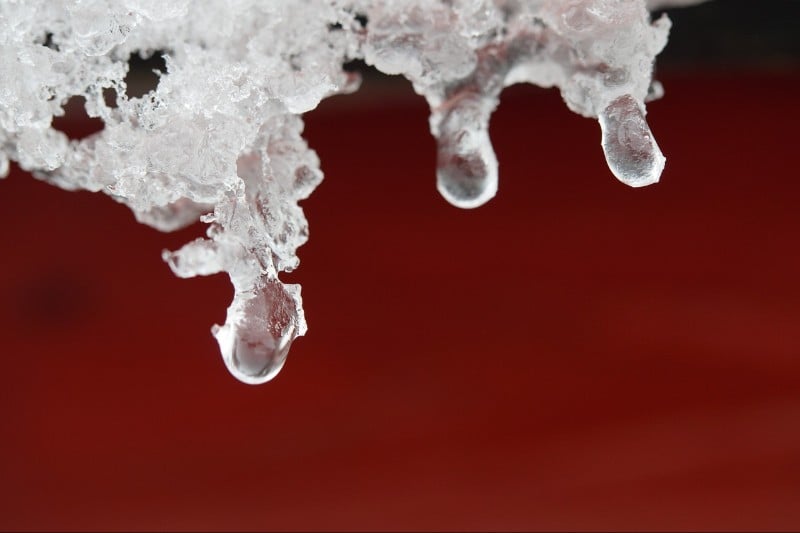New climate models reveal a stark disparity in predictions for Greenland’s ice loss, with some suggesting the rate could be double previous estimates – a finding that carries profound implications for global sea levels.
Published in Geophysical Research Letters | Estimated reading time: 5 minutes
In a groundbreaking comparison of three leading climate models, researchers have uncovered a troubling divergence in predictions for Greenland’s future. While all models agree on the direction of change – significant ice loss – they differ dramatically on the scale, with some suggesting losses could be twice as severe as others predict by 2100.
The study, led by Q. Glaude and an international team of climate scientists, compared three regional climate models (RACMO, MAR, and HIRHAM) under a high-emission scenario. Their findings show annual ice losses could range from 964 to 1,735 gigatonnes per year by century’s end – a difference that highlights both the complexity of ice sheet dynamics and the urgency of refining our predictive capabilities.
“The variation between models primarily stems from how they handle meltwater runoff,” explains lead author Q. Glaude from the University of Liège. “This difference affects how much of the surface melt is retained within the ice sheet versus flowing into the ocean.”
The research team’s analysis revealed that by 2080-2099, the percentage of Greenland’s ice sheet surface experiencing net mass loss (known as the ablation zone) varies significantly between models. The MAR model projects 70% of the surface will be in ablation, while HIRHAM suggests an even more dramatic 87%. In contrast, RACMO provides a more conservative estimate of 47%. These differences arise from varying sensitivities to atmospheric warming and different approaches to calculating meltwater retention.
A key finding of the study is the increasing role of precipitation in Greenland’s future. All three models project precipitation increases of approximately 200-250 gigatonnes annually by 2100. However, this additional snowfall won’t be enough to offset the accelerating ice loss from surface melting and runoff. The models show that as temperatures rise, the ice sheet’s ability to retain meltwater diminishes, leading to more direct runoff into the ocean.
The implications of these findings extend far beyond Greenland’s borders. Currently contributing 25% (0.6mm/year) to global sea level rise, Greenland’s ice sheet contains enough water to raise global sea levels by over 7 meters if completely melted. The accelerating mass loss projected by all models suggests coastal communities worldwide need to prepare for significant changes in the coming decades.
One of the most concerning aspects of the research is the identification of feedback loops that could accelerate ice loss. As more ice melts, it exposes darker surfaces that absorb more solar radiation, leading to additional melting. This process, known as the melt-albedo feedback, is particularly pronounced in the models showing higher mass loss predictions.
The study also highlights the critical role of firn – the intermediate stage between snow and glacial ice – in moderating meltwater runoff. Different model treatments of firn processes, including how much water it can retain and how quickly it transforms into ice, contribute to the varying predictions of future ice loss.
“These results underscore the urgency of improving our climate models,” notes Xavier Fettweis, a climatologist at the University of Liège. “While all models agree on the overall trend, the significant differences in their projections highlight areas where we need better understanding of ice sheet processes.”
Glossary
- Surface Mass Balance (SMB)
- The net difference between accumulation (snowfall) and ablation (melting and sublimation) on an ice sheet’s surface.
- Ablation Zone
- Areas of the ice sheet where more ice is lost through melting than is gained through snowfall.
- Runoff
- Meltwater that flows off the ice sheet into the ocean, directly contributing to sea level rise.
Test Your Knowledge
What percentage of current global sea level rise comes from Greenland ice loss?
Greenland currently contributes 25% to global sea level rise, equivalent to 0.6mm per year.
By 2100, what percentage of Greenland’s ice sheet surface could become an ablation zone according to the HIRHAM model?
According to HIRHAM, up to 87% of Greenland’s ice sheet surface could become an ablation zone by 2100.
What is the primary cause of differences between the model predictions?
The main differences stem from how each model handles meltwater runoff and their varying sensitivities to atmospheric warming.
Why do the models show different rates of meltwater production at higher temperatures?
The models have different sensitivities to atmospheric warming and use varying approaches to calculate surface energy balance and albedo feedback mechanisms.
Background
- Glaude, Q., Noel, B., Olesen, M., Van den Broeke, M., van de Berg, W. J., Mottram, R., Hansen, N., Delhasse, A., Amory, C., Kittel, C., Goelzer, H., & Fettweis, X. (2024). A Factor Two Difference in 21st-Century Greenland Ice Sheet Surface Mass Balance Projections From Three Regional Climate Models Under a Strong Warming Scenario (SSP5-8.5). Geophysical Research Letters.
- Goelzer, H., et al. (2020). The contribution of the Greenland Ice Sheet to sea-level rise: A review of current understanding and future projections. Nature Reviews Earth & Environment, 1(1), 1-18.
- IPCC. (2023). Climate Change 2023: Impacts, Adaptation and Vulnerability. Intergovernmental Panel on Climate Change.
Enjoy this story? Subscribe to our newsletter at scienceblog.substack.com.


